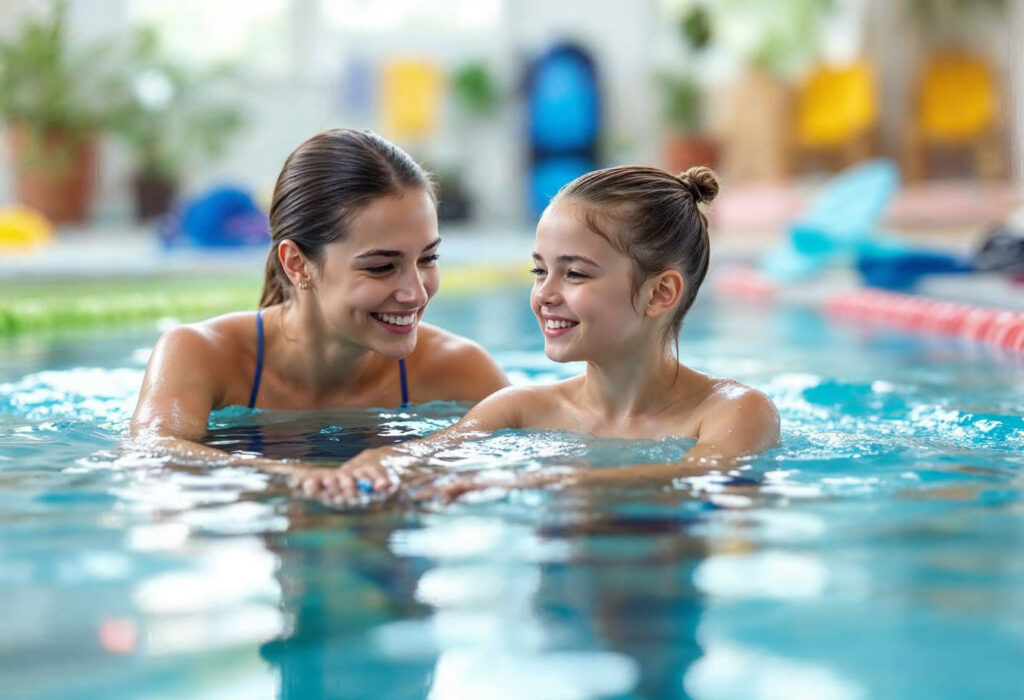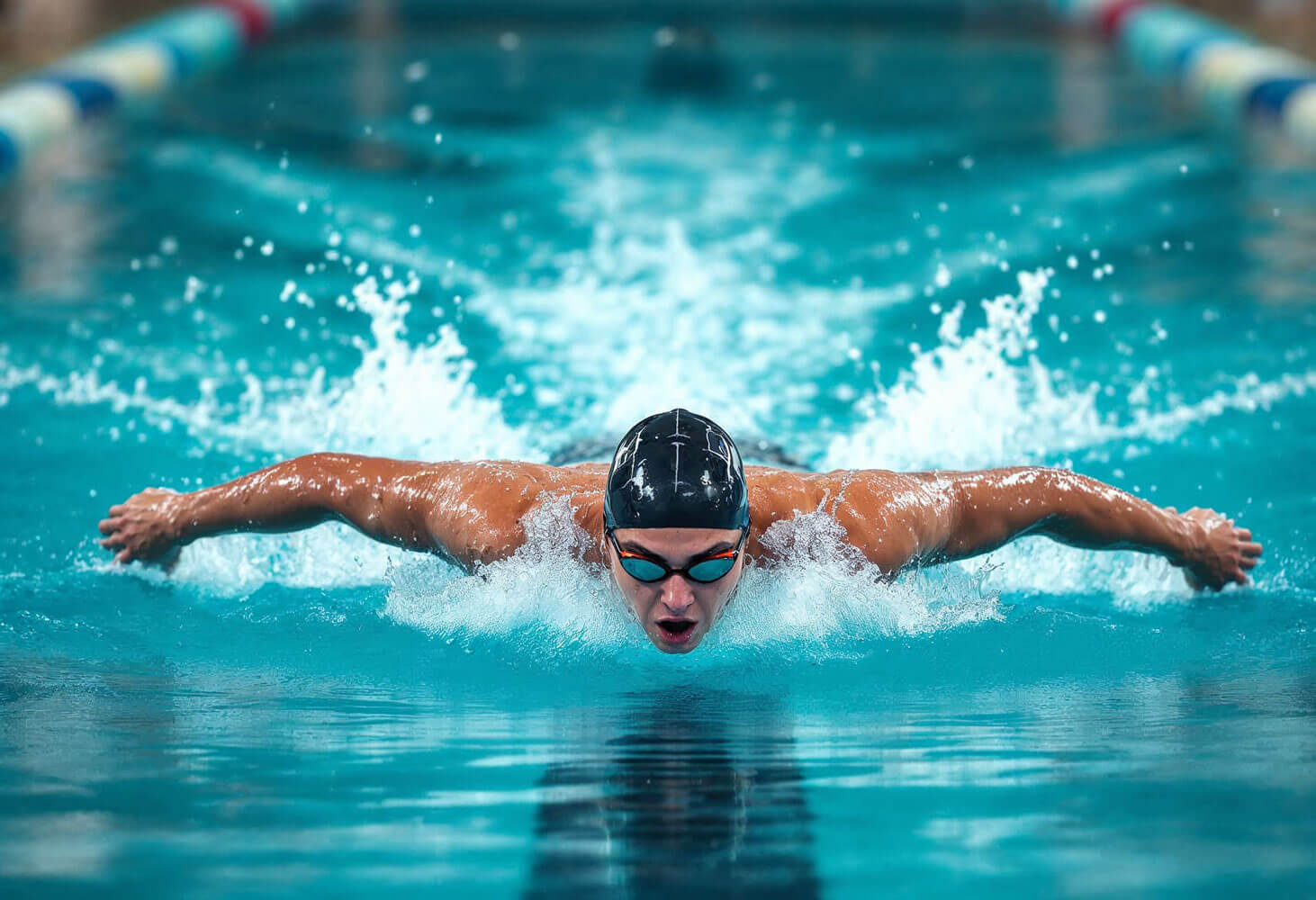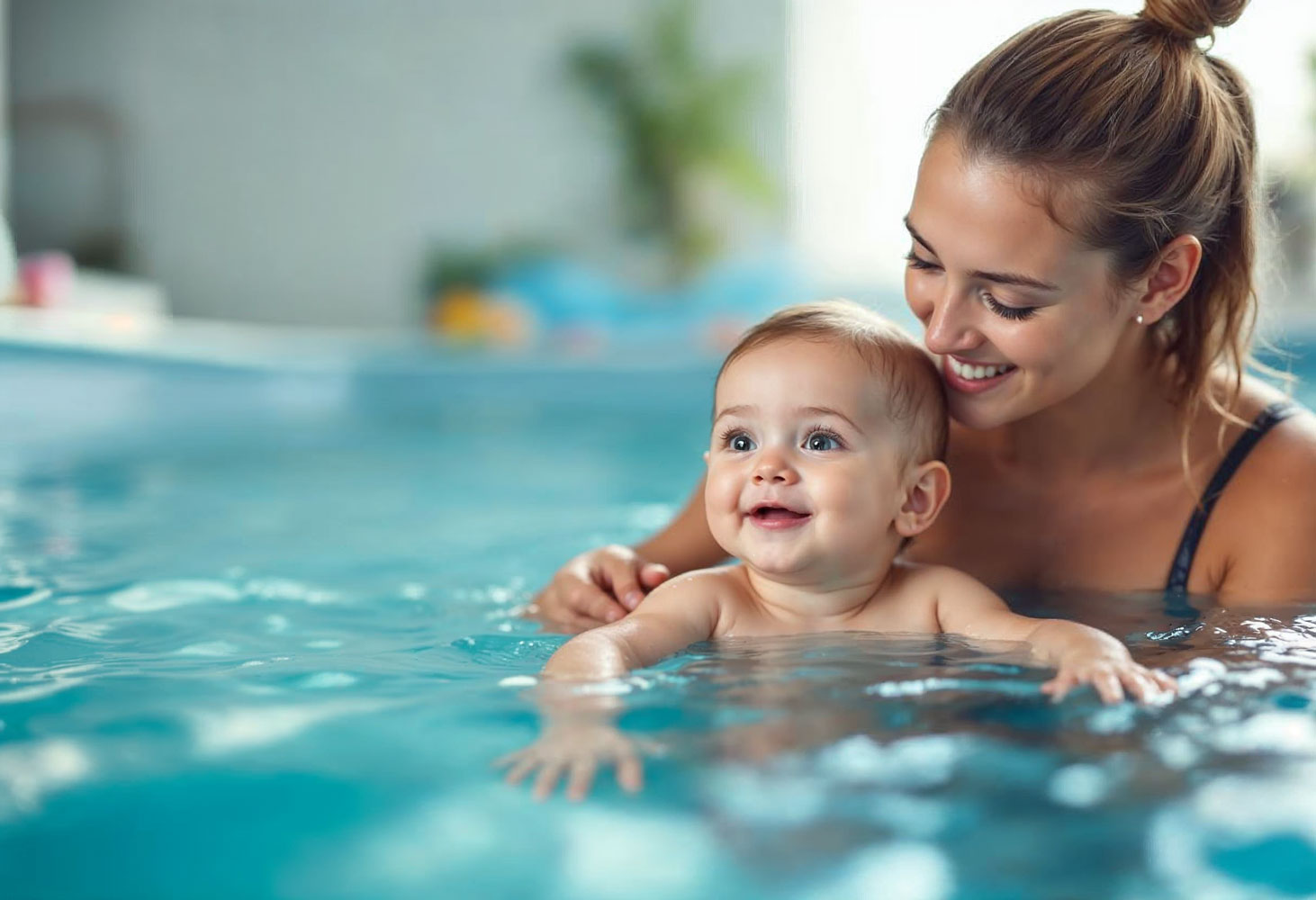Learning to swim is a valuable skill that boosts confidence and improves fitness. Piranha Swim Team offers expert-led training to help you learn to swim safely and effectively. Our step-by-step approach makes learning to swim easy, covering everything from floating and breathing to mastering different strokes.
With patient instructors and a supportive environment, you’ll gain the skills and confidence to enjoy the water. Book Swimming Lessons with Piranha today and start your swimming journey!
Why Learning to Swim is Important
Swimming is a valuable skill that provides safety, fitness, and confidence in the water. It’s more than just a recreational activity; it’s a life skill with lasting benefits.
Benefits of Swimming for Health and Fitness
Swimming engages the entire body, making it one of the best exercises for staying healthy. Some key benefits include:
Improves Heart and Lung Health – Strengthens the cardiovascular system and boosts endurance.
Full-Body Workout – Engages multiple muscle groups, improving strength and flexibility.
Low-Impact on Joints – Unlike running or weightlifting, swimming reduces stress on the body.
Aids Mental Well-being – The rhythmic nature of swimming helps reduce stress and improve mood.
Supports Weight Management – Burns calories efficiently while toning the body.
How Swimming Enhances Water Safety
Being comfortable in the water helps prevent accidents and makes swimming more enjoyable. Essential safety skills include:
Floating and Treading Water – Helps conserve energy and stay above water.
Breath Control – Allows for better movement and reduces panic.
Recognizing Water Hazards – Understanding currents, safe depths, and proper exits.
Basic Rescue Knowledge – Learning how to assist others safely in case of an emergency.
In addition to safety, swimming is a skill that benefits people throughout life, regardless of age.
Swimming as a Life Skill for All Ages
Learning to swim can happen at any stage in life.
Children gain confidence early, helping them feel comfortable around water.
Adults can overcome fear and discover new activities like snorkeling or water aerobics.
Seniors benefit from a low-impact exercise that supports mobility and heart health.
Once learned, swimming becomes a lifelong skill that enhances safety, fitness, and enjoyment in the water.
How to Float on Water as a Beginner
Floating is one of the most important skills for beginners learning to swim. It helps conserve energy, builds confidence, and improves water safety. The key to floating is learning how to relax and position your body correctly.
Step-by-Step Guide to Back Floating
Find a Calm and Shallow Area – Choose a pool or a still body of water where you feel safe.
Lie Back Slowly – Tilt your head back and let your ears sink into the water while looking up.
Spread Your Arms and Legs – Extend your limbs outward to create balance and stability.
Keep Your Chest Up – Take a deep breath and let your lungs help you stay afloat.
Relax Your Body – Tension causes sinking, so keep your muscles loose and let the water support you.
Practice Breathing – Breathe slowly and evenly to stay calm and maintain buoyancy.
Tips to Stay Relaxed and Avoid Sinking
Stay Calm – Panic and stiff movements make floating harder. Focus on slow, deep breaths.
Trust the Water – Your body is naturally buoyant; let the water hold you up.
Keep Your Chin Up – Looking up instead of tucking your chin helps maintain balance.
Take Deep Breaths – Air in your lungs acts like a flotation device, so inhale deeply.
Start with Assistance – Use a pool noodle or have someone support you until you feel confident.
Floating is an essential skill that builds confidence and makes swimming more enjoyable. With practice and patience, anyone can learn to float effortlessly.
Basic Breathing Techniques for Swimming
Proper breathing is a key part of swimming, helping swimmers stay relaxed and efficient in the water. Learning how to control breathing reduces fatigue, improves endurance, and makes swimming more enjoyable.
The Importance of Proper Breathing in Swimming
Helps Maintain a Steady Rhythm – Coordinated breathing keeps strokes smooth and prevents shortness of breath.
Reduces Panic and Fatigue – Controlled breathing helps swimmers stay calm and conserve energy.
Improves Buoyancy – Taking deep breaths increases lung capacity, making it easier to stay afloat.
Developing good breathing habits early makes swimming more comfortable and less exhausting.
How to Practice Bubble Blowing for Beginners
Start in Shallow Water – Stand in the pool and take a deep breath.
Submerge Your Face – Gently lower your face into the water while keeping your body relaxed.
Exhale Through Your Nose or Mouth – Blow bubbles slowly and steadily, like humming underwater.
Practice Controlled Breathing – Inhale through the mouth when lifting your head and exhale when submerged.
Repeat Until Comfortable – Gradually increase the time spent underwater to build confidence.
Mastering this simple technique helps swimmers stay calm and prepare for advanced strokes.
Essential Swimming Gear for Beginners
Having the right gear makes learning to swim easier and more comfortable. Investing in quality swimming equipment improves safety, performance, and overall experience in the water.
Must-Have Swimming Accessories: Goggles, Swim Caps & More
Goggles – Protect the eyes from chlorine and improve underwater visibility.
Swim Caps – Keep hair out of the face and reduce drag in the water.
Swim Fins – Help develop leg strength and improve kicking technique.
Kickboards – Assist with floating and allow beginners to focus on stroke movements.
Nose Clips & Earplugs – Prevent water from entering the nose and ears, making swimming more comfortable.
How to Pick the Right Floatation Devices for Beginners
Pool Noodles – Great for extra support while practicing floating.
Kickboards – Help maintain balance while learning to kick properly.
Arm Floaties (for young children) – Provide added safety but should not replace supervision.
Buoyancy Belts – Assist with posture and balance during swimming lessons.
Choosing the right floatation aid depends on skill level and comfort in the water.
Learn to Swim with Piranha Swim Team
Piranha Swim Team provides expert guidance for beginners looking to gain confidence in the water. With structured programs and experienced instructors, swimmers of all levels can develop essential skills in a supportive environment.
Why Choose Piranha Swim Team for Beginner Lessons?
Certified Instructors – Experienced coaches provide step-by-step guidance.
Safe and Supportive Learning Environment – Lessons are designed to help beginners feel comfortable in the water.
Focus on Technique – Proper breathing, floating, and stroke techniques are emphasized from the start.
Book Swimming Lessons with our professional team to ensure progress and build lifelong swimming skills.
Structured Training Programs for All Skill Levels
Piranha Swim Team offers training programs designed to help beginners advance at their own pace:
Beginner Level – Focuses on water comfort, floating, and breathing basics.
Intermediate Level – Introduces stroke techniques and builds endurance.
Advanced Level – Enhances speed, coordination, and competitive swimming skills.
With a well-structured approach, swimmers gain confidence and improve their abilities step by step.





